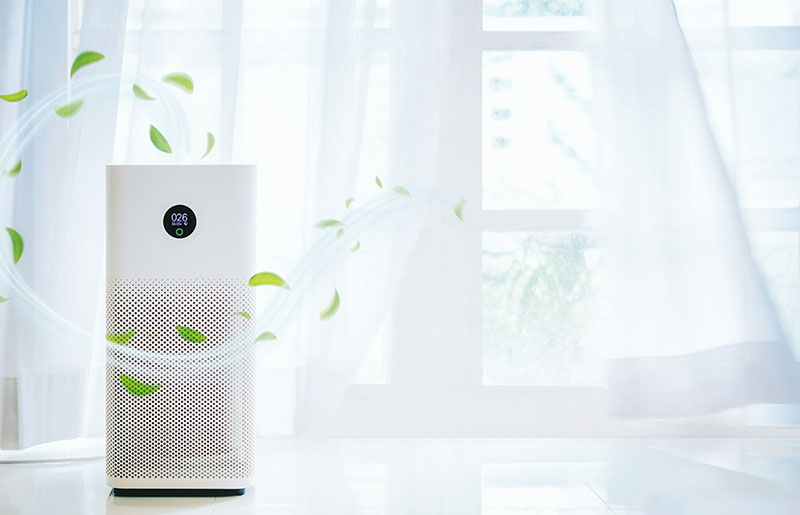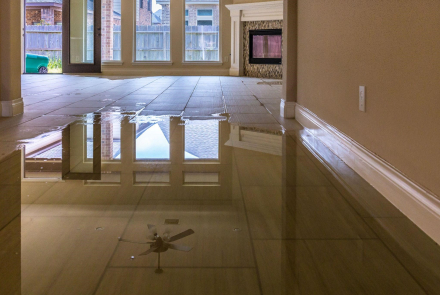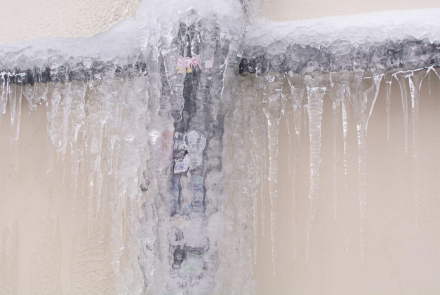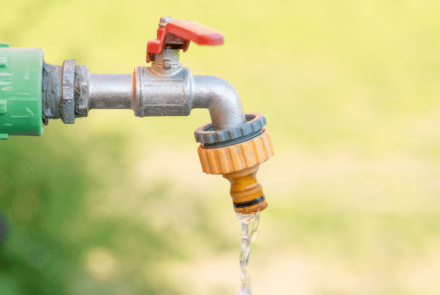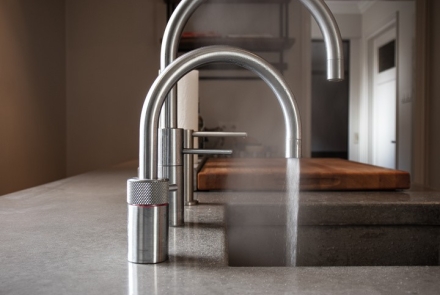Fresh air is necessary, and while we often think of smog and pollutants as belonging outside, dirt can also be inside your home. Fungus and dust mites, animal hair, pollen, and viruses are common in homes. Fortunately, air cleaners and purifiers can provide a solution, and for that, our homes have become far healthier places to be.
Types of Air Cleaners
Air cleaners employ different technologies to remove pollutants. Here are some common types:
- HEPA Filters: These high-efficiency filters can capture small particles such as dust, pollen, and pet dander. They are helpful to those with breathing-related health complications who are seeking everyday relief.
- Activated Carbon Filters: These filters are especially effective for cooking smoke, smells, and aerosols produced by many cleaning products, chemicals, and gaseous Volatile Organic Compounds (VOCs). They can also help filter out tobacco smoke.
- UV Light Air Purifiers: UV light purifiers disinfect bacteria, viruses, and mold spores. They work exceptionally well when paired with other purification techniques.
- Ionic Air Purifiers: These release negatively charged ions that selectively stick to airborne particles and make them heavier, leading them to fall from the air.
Choosing the Right Air Cleaner
There are many different types of air cleaners and purifiers, which can sometimes make the decision difficult. Selecting an air cleaner requires considering several factors:
- Room Size: Check that the air purifier has an adequate clean air delivery rate (CADR) in the room's treatment area. This shows how much it can purify the air in a given space. It can vary greatly depending on the size of your home.
- Target Pollutants: Some purifiers are meant for specific types of air pollutants. Determine your particular requirements—they can be allergens, smoke, or VOCs. Choosing an air purifier with the wrong target pollutant can lead to lower efficacy.
- Noise and Energy Efficiency: Some purifiers can be noisy. When selecting these models, search for less noisy and energy-efficient ones to save electric power costs.
- Maintenance: A few drawbacks include the fact that air purifiers require filter replacement at fixed intervals. When selecting the model, it is also essential to consider the cost and frequency of replacement.
Benefits of Air Purifiers
Investing in an air purifier offers numerous benefits:
- Allergy Relief: While using air purifiers it is easy to minimize allergy-causing substances and hence minimize symptoms such as sneezing and congestion.
- Reduced Pollutant Exposure: These devices clean the air from dangerous microparticles and prevent respiratory tract diseases and other illnesses.
- Enhanced Comfort: Improved air quality makes it easier to live in any home. It can improve the comfort of your environment.
Maintaining Your Air Purifier
To maximize your air purifier's effectiveness:
- Replace Filters Regularly: Change the filter according to the manufacturer’s recommendations.
- Clean Components: Cleaning the purifier's exterior and any detachable parts is another recommended item on its maintenance schedule.
Conclusion
Clean air is important for a healthy life. If you want to see the best outcomes of an air cleaner and get the most out of the features designed to enhance the quality of air within your compound, then it has to be maintained as required. If you have any questions or would like further resources about air purifiers for your home, contact Robert Bair. Our professionals are here to assist.

